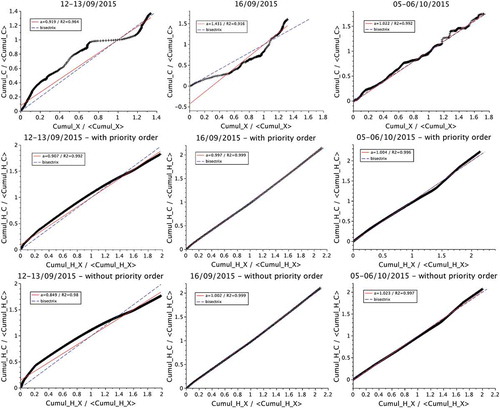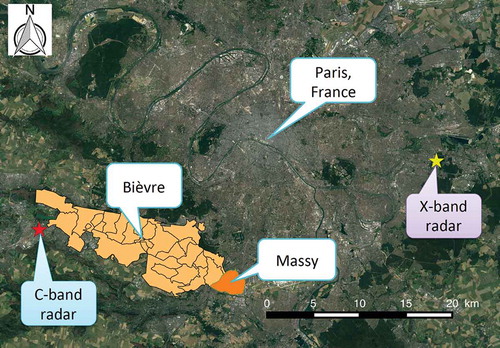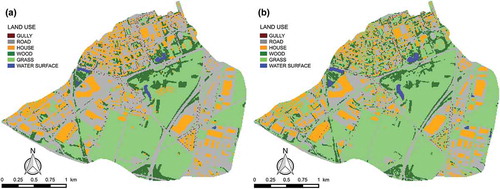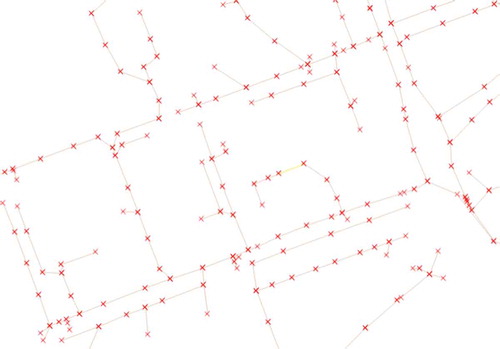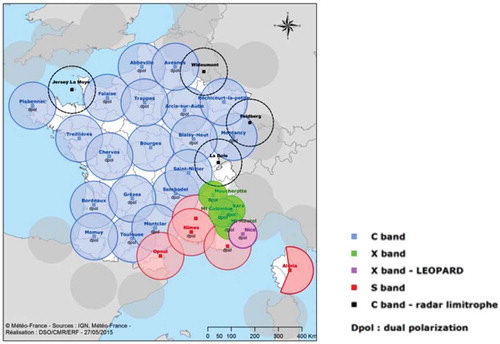Figures & data
Figure 5. SWMM file of the storm drain system: (a) generated by MH-AssimTool and (b) later corrected.
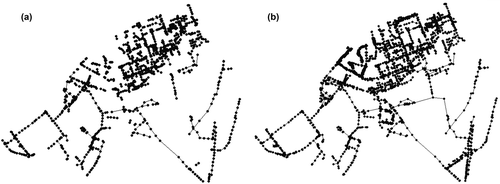
Figure 6. SWMM file of the Massy sub-catchment and the six storage basins, with the Cora basin (measurement point) highlighted.
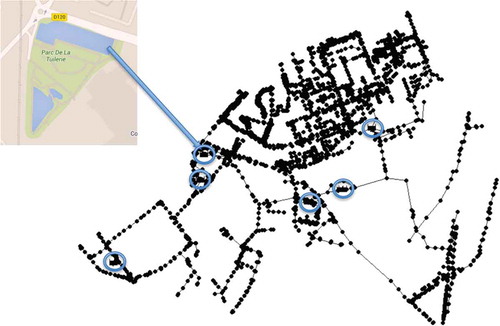
Table 1. Characteristics of the storage basins.
Table 2. Discharge coefficients and initial water level in all storage basins for each of the three events studied.
Table 3. Detailed timing (UTC), UM parameters, R2 coefficients of the DTM estimates (for and
) and γS of the three events for the C-band and X-band radar data.
Figure 8. Cumulative rainfall depths by radar pixels over the sub-catchment area, for both C-band and X-band radar data for the three events studied.
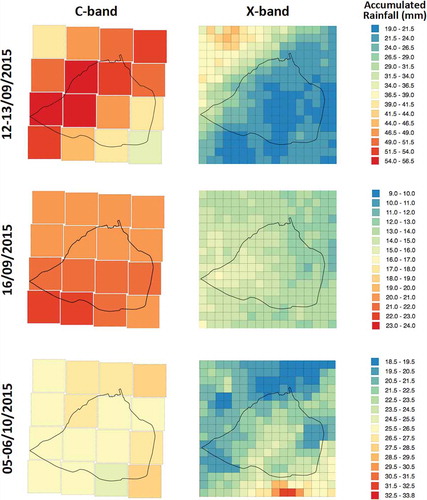
Figure 9. Time evolution of rain rate (top) and cumulative rainfall (bottom) over the whole sub-catchment area for the two data products (Météo-France C-band, in green; ENPC X-band, in blue) for the three events: 12–13 September 2015 (left), 16 September 2015 (centre) and 5–6 October 2015 (right).
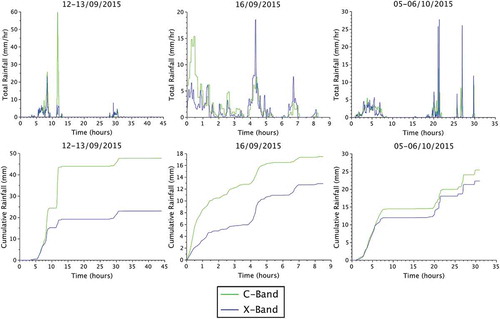
Figure 10. Comparison of water level obtained by simulations – using the calculated discharge coefficient and four variations (−50%, −25%, +25% and +50%) for the Cora basin – and measurements for the three events: (a) 12–13 September 2015, (b) 16 September 2015 and (c) 5–6 October 2015.
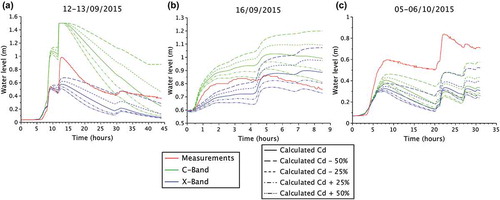
Figure 11. Time evolution of the difference in simulated water levels in Cora basin obtained with the highest (Cd + 50%) and the lowest (Cd − 50%) discharge coefficients used (top) and time evolution of the ratio of the same difference over the water levels in Cora basin obtained using the calculated Cd (bottom), for both radar data and for the three events studied: 12–13 September 2015 (left), 16 September 2015 (centre) and 5–6 October 2015 (right).
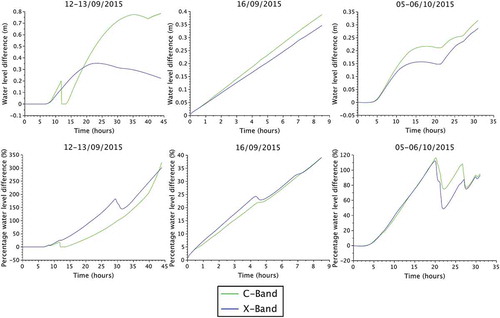
Figure 12. Comparison of water level in Cora basin obtained by simulations (using land use in the Massy area with priority and without priority order) and measurements for the three events: (a) 12–13 September 2015, (b) 16 September 2015 and (c) 5–6 October 2015.
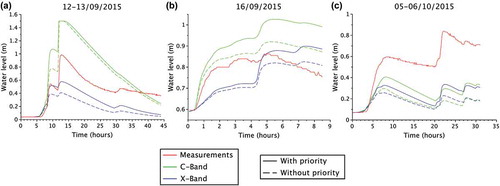
Figure 13. Relationships for cumulative total rainfall normalized by its mean (top), mean normalized cumulative water level using land use generated with priority order (centre), and mean normalized cumulative water level using land use generated without priority order (bottom), between C-band and X-band radars and three events: 12–13 September 2015 (left), 16 September 2015 (centre), 5–6 October 2015 (right). Continuous (red) line indicates the best linear fit, while the broken (blue) line corresponds to the first bisectrix.
